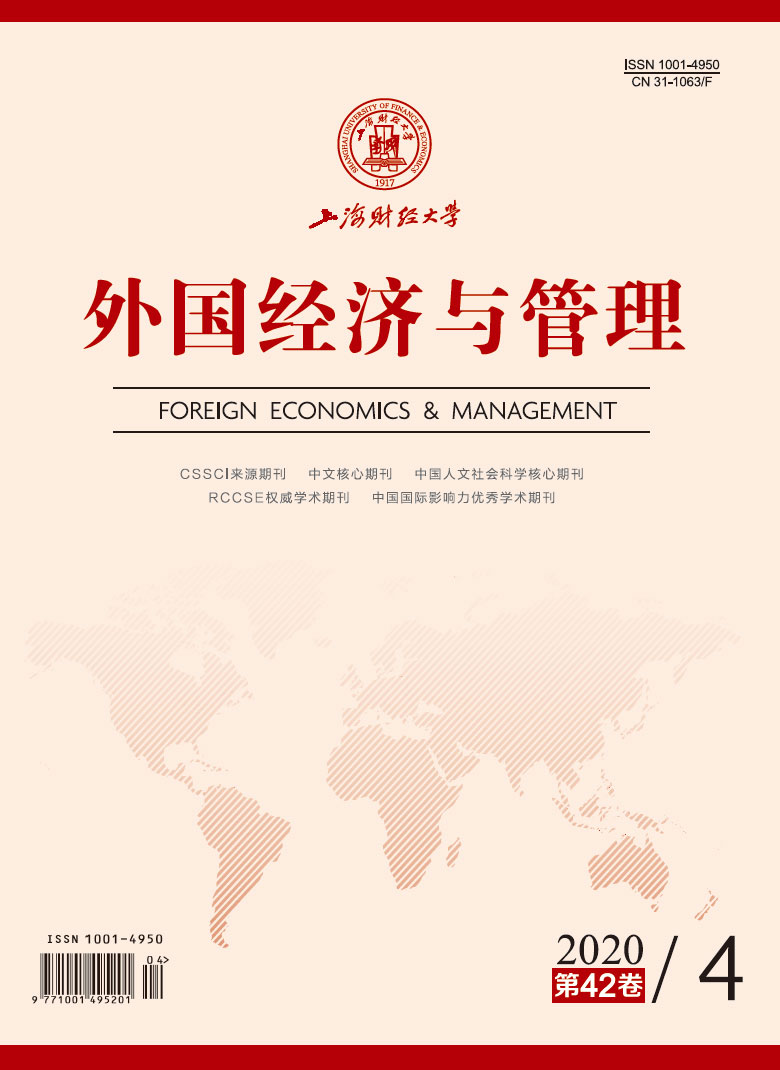In the opening up process of China’s economy, the localization ability and regional development policy represented by development zones play a vital role in firm internationalization. The internationalization effect of development zones has been attracting many scholars’ attention, but no consensus has been achieved, especially on the micro firm level effect. As a result, we intend to raise a systematic integrated framework to explain the internationalization effect of development zones in this paper.
Firstly, this paper summarizes five essential theories, namely Agglomeration Theory, Population Ecology Theory, Institutional Theory, Social Network Theory and Resource-Based View, based on which development zones’ effects on firm internationalization are explained, and the mechanism and process through which these effects work are analyzed.
Secondly, by sorting out the existing empirical research results, this paper discusses the direct relationship between development zones and different internationalization modes from two dimensions(inward internationalization and outward internationalization). In addition, this paper abstracts different moderating variables from both firm and development zone levels. Firm level factors include industrial characteristics, firms’ life cycle and organizational ability. Development zone level factors include the grade, establishment time and density of the zone.
Thirdly, this paper refines the mechanism of development zones’ role in firm internationalization from both positive and negative aspects. The promoting mechanism includes policy effect, agglomeration effect and selection effect, while the inhibiting mechanism includes congestion effect, resource dependence and protectionism. The policy effect alleviates firms’ resource constraints in the process of internationalization, and the agglomeration effect helps firms to obtain social networks, knowledge rent and information spillover, thus reducing the innovation cost and improving firms’ internationalization ability. Through the selection effect, firms could improve the resource allocation efficiency, production efficiency and product quality, thus promoting their internationalization motivation. However, the enhancement of factor cost, the destruction of regional cooperation and low-end lock-in caused by the congestion effect, the lock-in of advantages and the simplification of knowledge caused by resource dependence, and the restriction of domestic competition caused by protectionism would all restrain the internationalization effect of development zones.
Finally, based on the shortcomings of the existing research, we prospect some promising future research on the relationship between development zones and internationalization. Future research should pay more attention to the different effects of firms with different property rights, and focus on the moderating effect of informal institutional factors such as regional culture. Besides, mediating factors and development zone heterogeneity should be further studied, and different development zone modes and internationalization modes also deserve in-depth analysis.
This paper has certain theoretical significance for improving the development of literature related to the internationalization effect of development zones, and also provides theoretical support for the successful experience of the construction of development zones such as free trade zones.






 6280
6280  7085
7085

